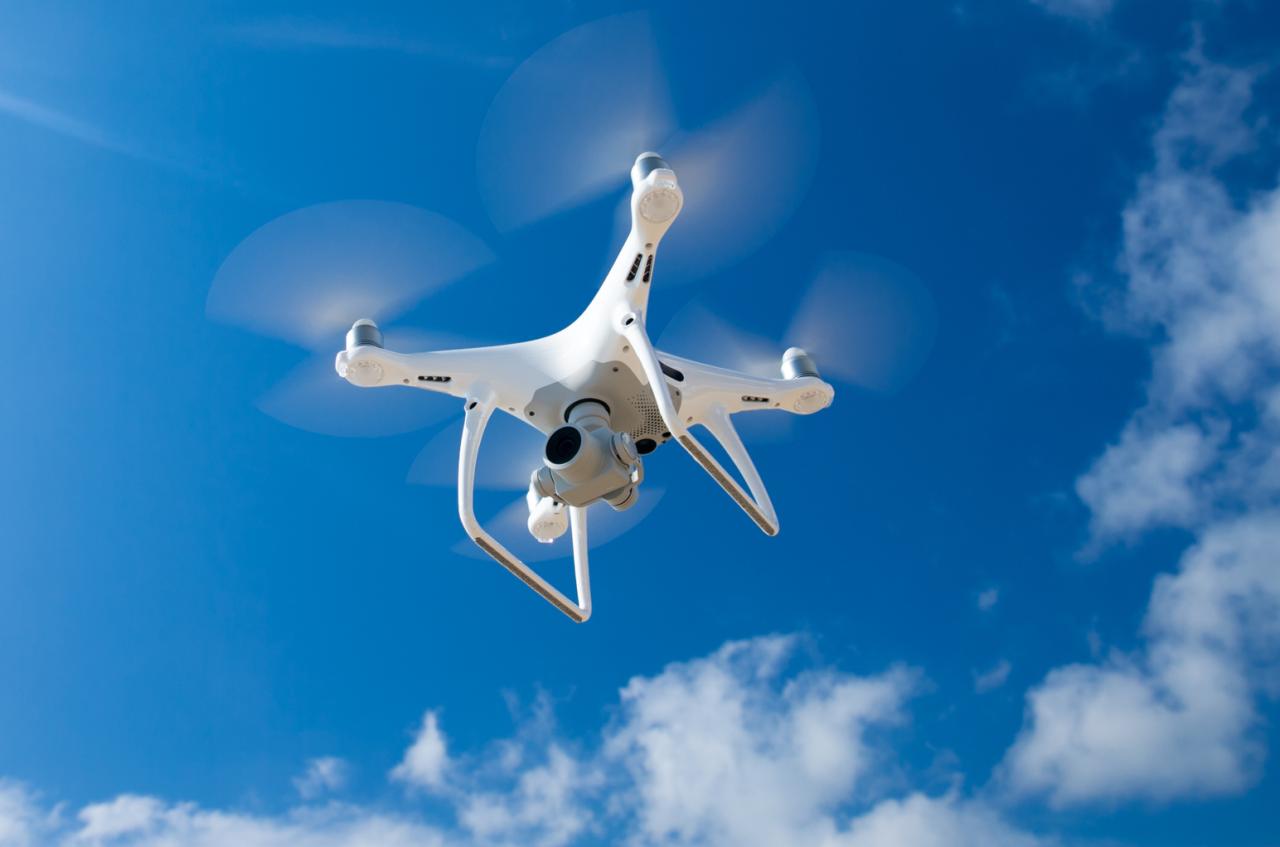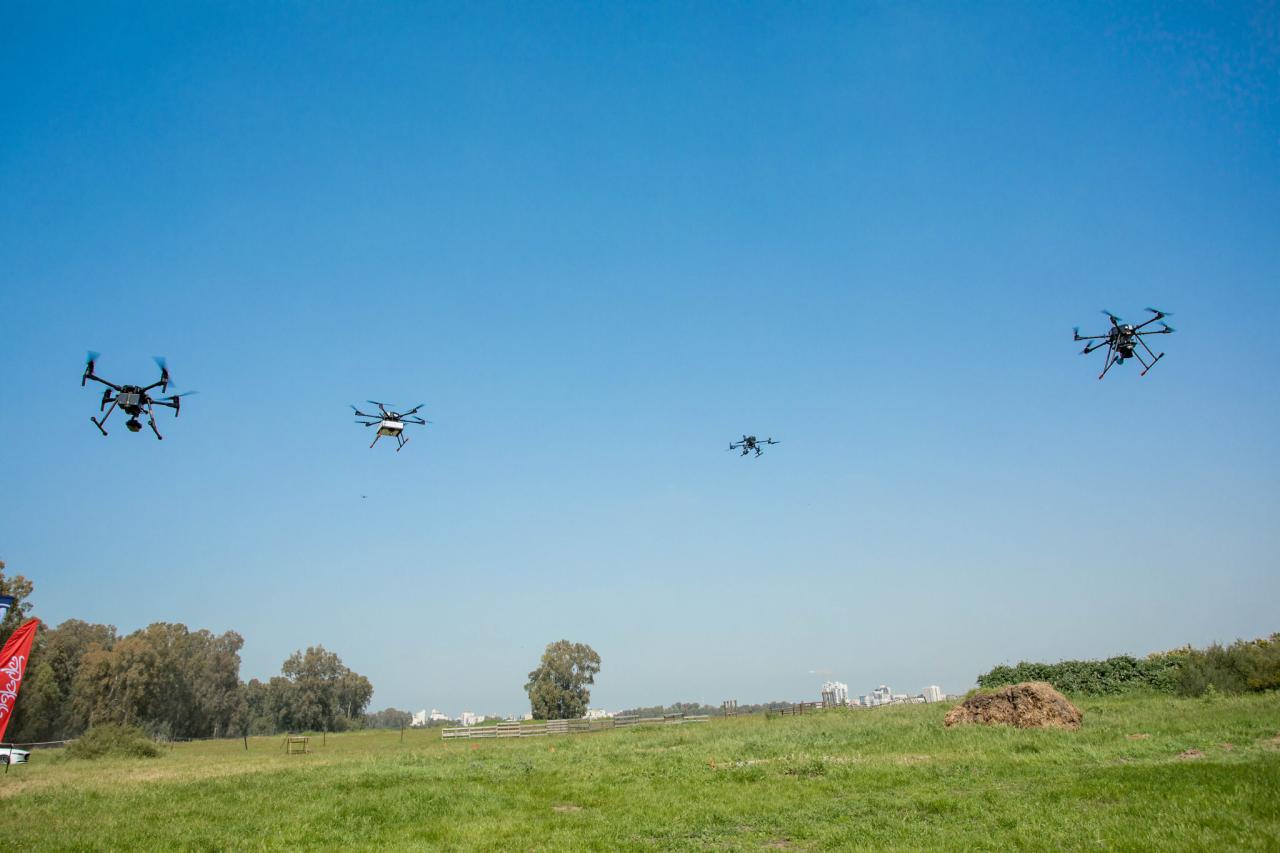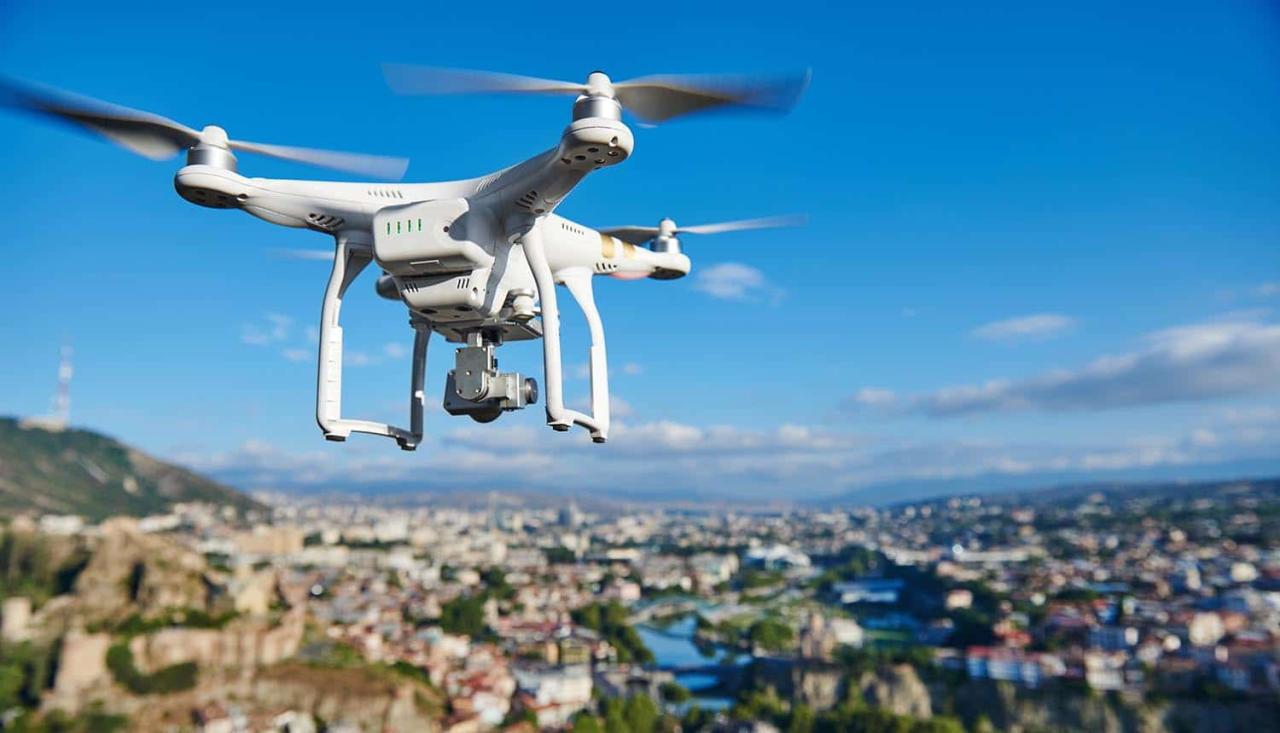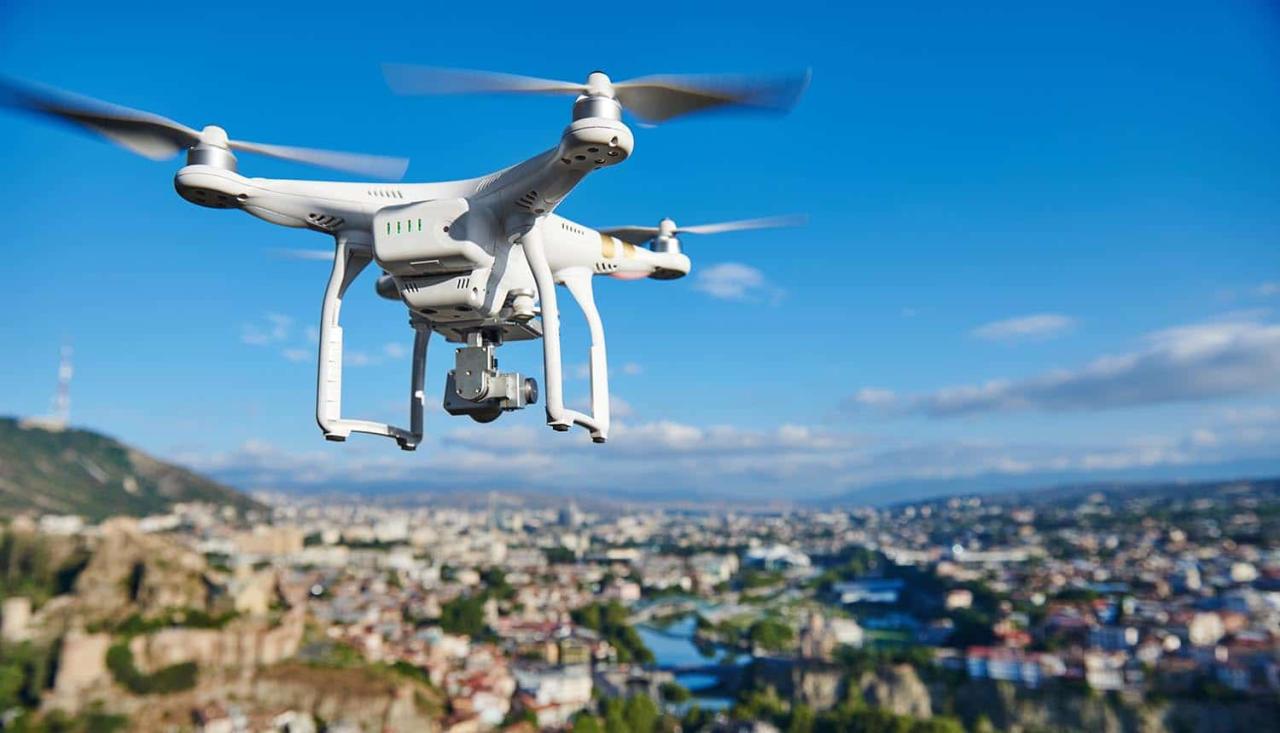Sky elements drones are revolutionizing atmospheric research and monitoring. These unmanned aerial vehicles (UAVs), equipped with an array of sophisticated sensors, provide unprecedented access to atmospheric data, offering valuable insights into weather patterns, air quality, and various other sky elements. This technology surpasses traditional methods in both efficiency and the granularity of data collected, opening new avenues for scientific discovery and environmental protection.
The applications extend far beyond scientific research, impacting diverse fields from agriculture to construction.
This exploration delves into the technology behind sky elements drones, examining their capabilities, limitations, and diverse applications across various sectors. We will explore the types of drones used, the sensors employed, data analysis techniques, and the ethical considerations associated with their deployment. Furthermore, we will compare and contrast drone-based atmospheric monitoring with established methods, highlighting the advantages and disadvantages of each approach.
Drone Technology in Atmospheric Research
The utilization of drones in atmospheric research represents a significant advancement in data collection capabilities. Offering enhanced accessibility and affordability compared to traditional methods, drones provide a versatile platform for gathering crucial atmospheric data, contributing to improved weather forecasting and environmental monitoring.
Drone Types for Atmospheric Data Collection
Various drone types are suitable for atmospheric research, each possessing unique characteristics that cater to specific data collection needs. The selection of an appropriate drone depends heavily on factors such as payload capacity, flight duration, and altitude requirements.
| Drone Type | Payload Capacity (kg) | Flight Time (minutes) | Altitude Capability (meters) |
|---|---|---|---|
| Small Multirotor | 1-3 | 15-30 | 100-500 |
| Large Multirotor/Hexacopter | 5-10 | 30-60 | 500-1500 |
| Fixed-Wing UAV | 5-20 | 60-120 | 1500-3000 |
| Hybrid VTOL UAV | 10-25 | 90-180 | 3000+ |
Advantages and Disadvantages of Drones versus Traditional Methods
Drones offer several advantages over traditional atmospheric data gathering methods like weather balloons and satellites. However, limitations exist, necessitating a balanced assessment before deployment.
Sky elements drones offer exciting possibilities for aerial photography and data collection. Interestingly, the technology behind tracking these drones shares similarities with the sophisticated systems used by NORAD, whose norad santa tracker phone number is famously sought after during the holiday season. Understanding these tracking mechanisms helps us appreciate the advanced capabilities in both recreational and professional drone applications.
- Advantages: Increased spatial resolution, targeted data collection, cost-effectiveness for localized studies, easier deployment and retrieval.
- Disadvantages: Limited flight time and range compared to satellites, susceptibility to weather conditions, regulatory restrictions, potential safety hazards.
Safety Protocols and Regulatory Considerations

Operating drones in the upper atmosphere necessitates strict adherence to safety protocols and regulatory guidelines. These measures are crucial to ensure both the safety of the drone operator and the public.
- Safety Protocols: Pre-flight checks, emergency procedures, visual line-of-sight maintenance, appropriate weather conditions assessment.
- Regulatory Considerations: Obtaining necessary permits and licenses, complying with airspace restrictions, adhering to weight and operational limits.
Sky Element Monitoring with Drones
Drones, equipped with an array of specialized sensors, enable efficient and precise monitoring of various sky elements, providing valuable insights into atmospheric conditions and environmental changes.
Sky Elements Monitored Using Drones
- Cloud cover and type
- Temperature profiles
- Wind speed and direction
- Humidity levels
- Pollution levels (particulate matter, gases)
- Aerosol concentrations
- Radiation levels
Types of Sensors Used in Drone-Based Atmospheric Data Collection
A variety of sensors are utilized to gather comprehensive atmospheric data. The specific sensors deployed depend on the parameters being monitored.
- Temperature Sensors: Thermistors, thermocouples
- Anemometers: Measure wind speed and direction
- Gas Sensors: Detect various gases (e.g., carbon monoxide, ozone, nitrogen dioxide)
- Particle Sensors: Measure particulate matter concentrations
- Humidity Sensors: Measure atmospheric moisture content
Applications of Drone-Collected Sky Element Data
Data collected by drones significantly enhances weather forecasting and air quality monitoring, leading to improved preparedness and mitigation strategies.
- Weather Forecasting: Improved spatial and temporal resolution of weather data leads to more accurate predictions.
- Air Quality Monitoring: Real-time data on pollution levels allows for quicker identification of pollution sources and implementation of control measures. For example, drones equipped with gas sensors can pinpoint industrial emissions contributing to smog in urban areas.
Drone-Based Imaging and Photography of the Sky
Drones provide a unique perspective for capturing high-resolution images of atmospheric phenomena, offering advantages over traditional methods in terms of accessibility and cost-effectiveness.
Sky elements drones are increasingly utilized for spectacular aerial displays, pushing the boundaries of what’s possible in drone technology. For a prime example of this innovation, consider the breathtaking visuals achieved at the florida drone show , a testament to the artistry and precision possible with advanced drone choreography. The future of sky elements drones looks incredibly bright, fueled by such impressive events.
Capturing High-Resolution Sky Images Using Drones
- Planning: Determine the optimal time of day (considering lighting conditions) and location for image capture.
- Flight Preparation: Conduct pre-flight checks, ensure sufficient battery power, and set the drone’s altitude and flight path.
- Camera Settings: Adjust camera settings (ISO, shutter speed, aperture) to optimize image quality for specific lighting conditions.
- Image Acquisition: Capture multiple images from various angles to ensure comprehensive coverage.
- Post-Processing: Review and process the captured images to enhance clarity and detail.
Image Processing Techniques for Enhanced Sky Imagery, Sky elements drones

Various image processing techniques are employed to improve the quality and detail of drone-captured sky imagery, revealing subtle features and patterns.
- Noise Reduction: Removes unwanted artifacts and improves image clarity.
- Color Correction: Ensures accurate color representation.
- Image Stitching: Combines multiple images to create a panoramic view.
- Enhancement Filters: Improves contrast and sharpness.
Comparison of Drone-Based and Traditional Aerial Photography
While drones offer significant advantages, traditional methods like airplanes and satellites still play crucial roles in atmospheric photography.
- Drones: Cost-effective for localized studies, high spatial resolution, flexible deployment.
- Airplanes: Larger coverage area, longer flight duration, suitable for large-scale surveys.
- Satellites: Global coverage, long-term monitoring capabilities, but lower spatial resolution compared to drones and airplanes.
Applications of Sky Element Drones in Various Fields
The applications of sky element drones extend beyond atmospheric research, finding utility in diverse fields that benefit from aerial data collection and analysis.
Sky elements drones are revolutionizing aerial displays, offering stunning visual capabilities. For a prime example of this technology in action, check out the spectacular light shows at the orlando drone show , showcasing the potential of coordinated drone formations. The advancements in sky elements drones continue to push the boundaries of what’s possible in entertainment and beyond.
Applications in Agriculture, Construction, and Environmental Science
- Agriculture: Drones equipped with multispectral cameras assess crop health, identify areas requiring irrigation or fertilization, and monitor disease outbreaks. This allows for targeted interventions, optimizing resource use and maximizing yield.
- Construction: Drones provide aerial site surveys, monitor construction progress, inspect infrastructure for damage, and assist in project planning and safety management. High-resolution imagery allows for precise measurements and identification of potential risks.
- Environmental Science: Beyond atmospheric monitoring, drones are utilized for wildlife monitoring, habitat mapping, and pollution assessment. For example, they can track endangered species populations or monitor deforestation patterns.
Future Advancements in Drone Technology
Ongoing advancements in drone technology promise to enhance the accuracy and efficiency of sky element monitoring, leading to even more comprehensive and detailed data.
- Improved Sensor Technology: More sensitive and accurate sensors will allow for the detection of subtle changes in atmospheric conditions.
- Longer Flight Times and Ranges: Increased flight endurance will allow for extended monitoring periods and wider coverage areas.
- Autonomous Flight Capabilities: Advanced AI-powered navigation systems will reduce the need for human intervention, increasing efficiency and safety.
Data Visualization Using HTML Tables

Data collected by sky element drones can be effectively presented through various visualizations. HTML tables provide a simple and clear way to display this data.
| Location | Temperature (°C) | Wind Speed (m/s) | Pollution Level (ppm) |
|---|---|---|---|
| Site A | 25 | 5 | 10 |
| Site B | 22 | 3 | 8 |
Ethical and Environmental Considerations: Sky Elements Drones
While offering numerous benefits, the widespread use of sky element drones necessitates careful consideration of potential environmental and ethical implications.
Environmental Impacts of Drone Use
The increasing use of drones raises concerns about potential environmental impacts, requiring mitigation strategies to minimize negative consequences.
- Noise Pollution: Drone noise can disturb wildlife and disrupt ecosystems, particularly in sensitive areas.
- Battery Waste: The disposal of drone batteries presents a significant environmental challenge, requiring responsible recycling and waste management practices.
- Air Pollution: While generally minimal, drone operation does contribute to greenhouse gas emissions through energy consumption.
Ethical Considerations Related to Data Privacy and Security
The collection of atmospheric data using drones raises ethical concerns regarding data privacy and security. Robust measures are required to ensure responsible data handling and prevent misuse.
- Data Anonymization: Implementing techniques to remove personally identifiable information from collected data.
- Data Encryption: Protecting data from unauthorized access and ensuring confidentiality.
- Transparent Data Handling Practices: Establishing clear guidelines on data usage, storage, and sharing.
Hypothetical Ethical Dilemma and Solutions
Consider a scenario where a drone is used to monitor air quality near a suspected illegal waste dumping site. The data collected could incriminate individuals but also reveals sensitive information about nearby residents. A solution involves anonymizing the data related to residents while reporting the pollution levels to relevant authorities.
In conclusion, sky elements drones represent a significant advancement in atmospheric research and monitoring. Their ability to collect high-resolution data on a wide range of sky elements, coupled with advancements in sensor technology and data analysis techniques, offers transformative potential across numerous fields. While ethical and environmental considerations must be carefully addressed, the benefits of this technology in improving weather forecasting, air quality monitoring, and environmental management are undeniable.
As drone technology continues to evolve, we can expect even greater precision, efficiency, and accessibility in our understanding of the atmosphere.
FAQ
What is the typical flight range of a sky element drone?
Flight range varies greatly depending on the drone model and battery capacity, ranging from a few kilometers to several tens of kilometers.
How much does a sky element drone cost?
The cost varies significantly based on features, payload capacity, and sensor technology, ranging from a few thousand dollars to tens of thousands of dollars.
What are the legal requirements for operating a sky element drone?
Regulations vary by country and region. Generally, operators must register their drones, obtain necessary permits, and adhere to airspace restrictions and safety guidelines.
What types of data visualization are commonly used with sky element drone data?
Common visualizations include heatmaps, 3D models, time-lapse videos, and interactive maps displaying temperature, wind speed, pollution levels, and other atmospheric parameters.
